The 10 Most Poisonous Fruits In The World
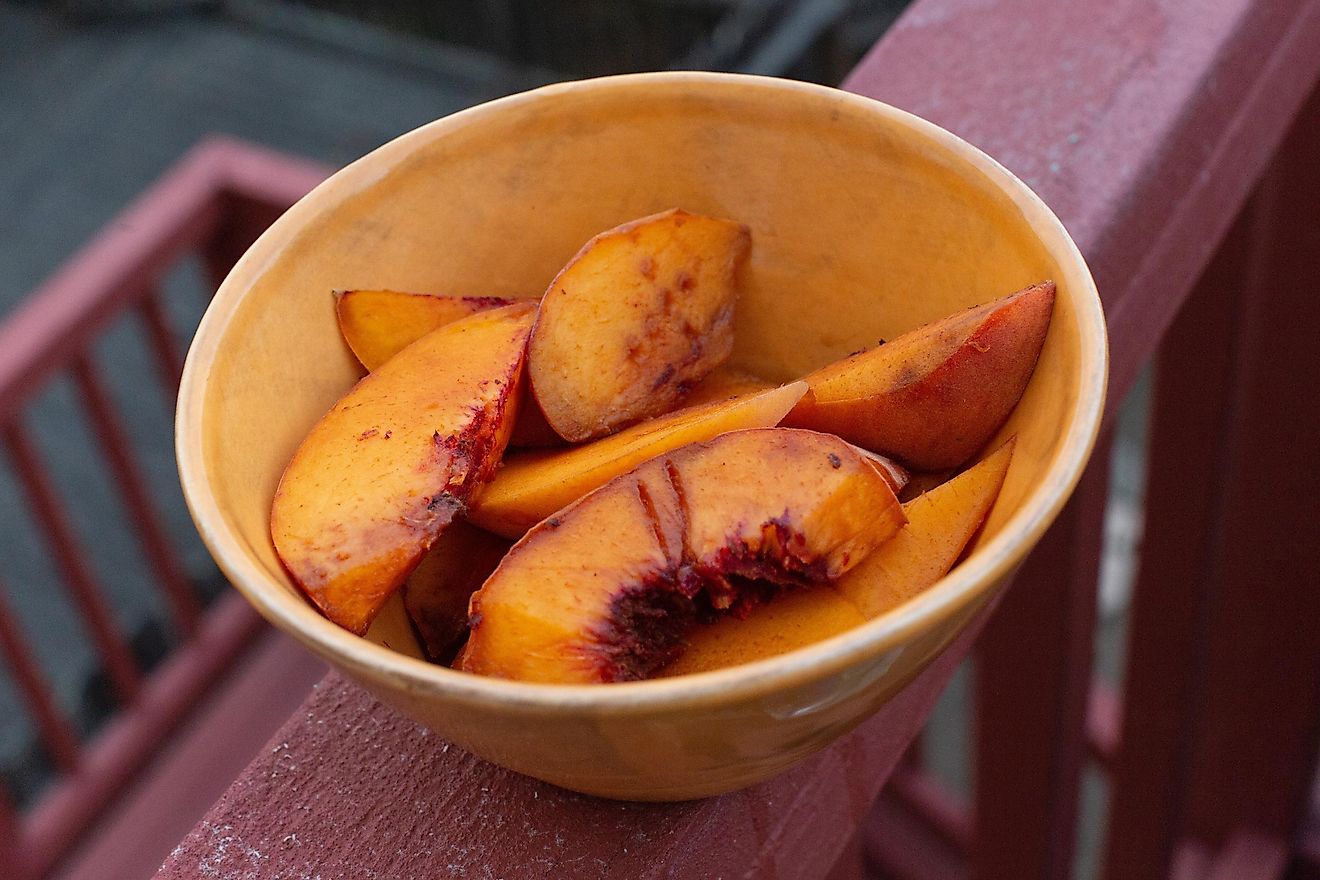
- The manchineel tree is located in Florida, Mexico and northern South America.
- Pokeberry plants can grow up to 8 feet.
- The winterberry is eaten by 48 species of birds.
In various parts of the world, there are plenty of fascinating, delicious fruits. However, there are also a lot of fruits considered to be poisonous and harmful to our health.
While some of these fruits may look appealing, looks could be deceiving. Some of them you may have heard of and didn't know had severe side effects. Some of them you might've seen while traveling in a foreign country. But no matter where you've learned about these different fruits, here is everything you need to know about them, including why they are harmful to your health.
Yellow Star Fruit
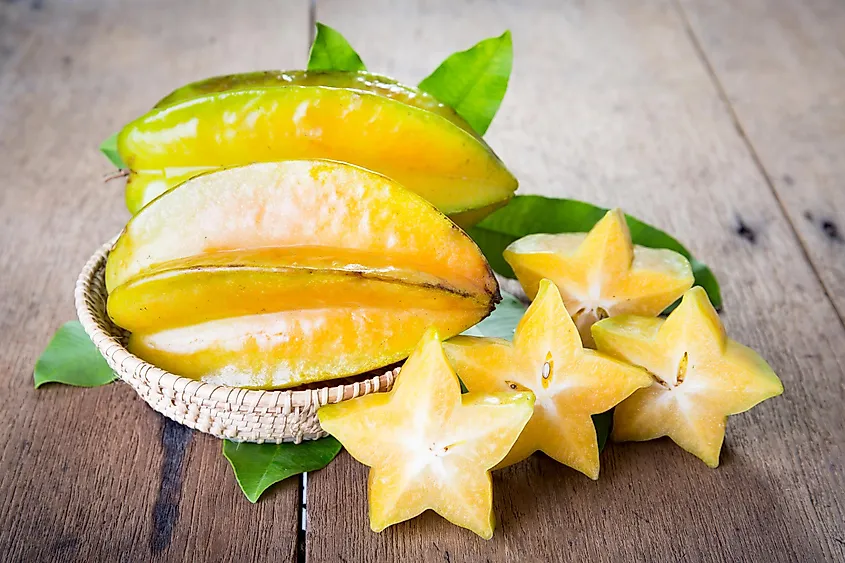
Star fruit is a sweet and sour fruit with edible skin and nutritional elements. It is low in calories, high in fiber, and loaded with vitamin C. However if you have kidney problems, you may want to reconsider eating this fruit. The yellow star fruit contains high amounts of oxalates that makes it dangerous for people with kidney issues. Overeating of it could cause kidney damage, seizures, and even death.
Elderberries
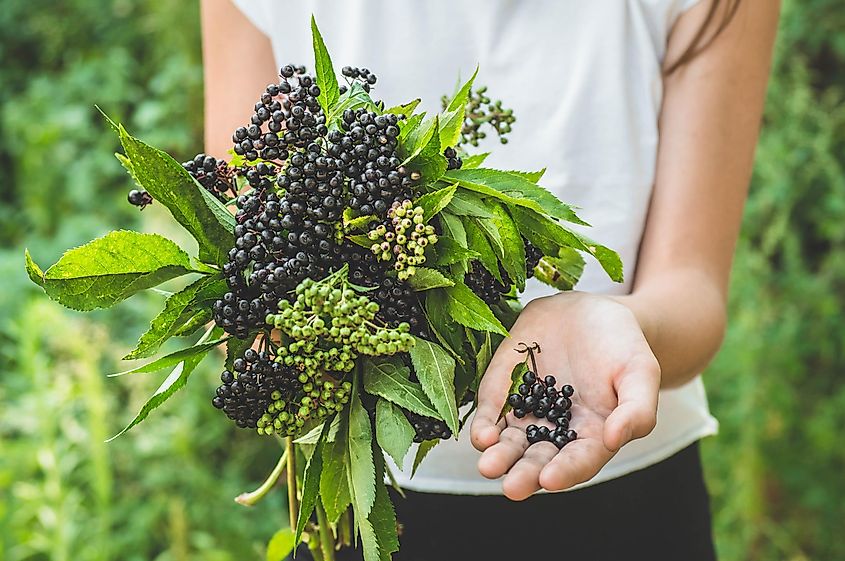
The elderberry fruits grow on small bush plants and can be edible when fully-ripened. It is divided into three varieties: black, blue, and red elderberries. However, the entire plant outside of the ripened cooked berries is poisonous for humans to eat. Eating the bark, leaves, roots, and unripe berries will make you nauseous and develop severe stomach aches.
Rhubarb
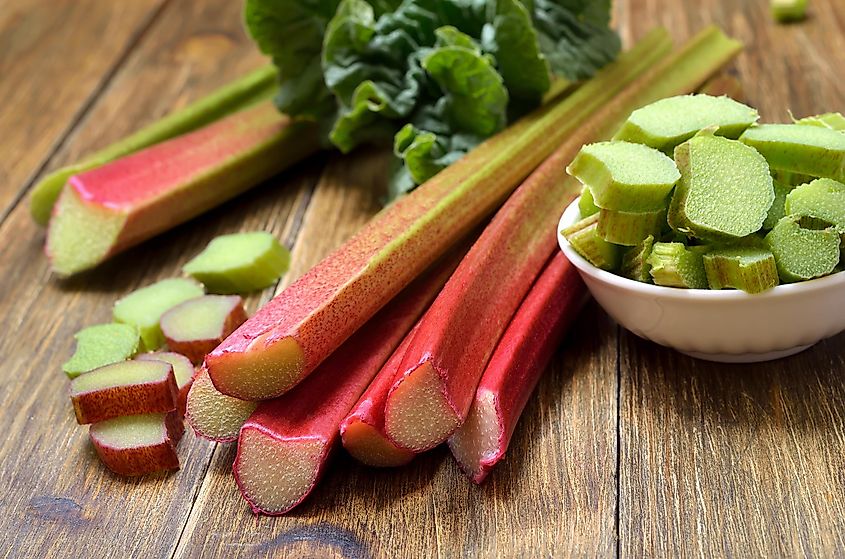
The barks of this plant are used in popular desserts such as strawberry rhubarb pie. However, the leaves are high in oxalic acid, which can cause kidney problems. Consuming a large number of these leaves can cause all sorts of health problems like stomach aches, severe breathing problems, nausea, and ultimately death.
Manchineel
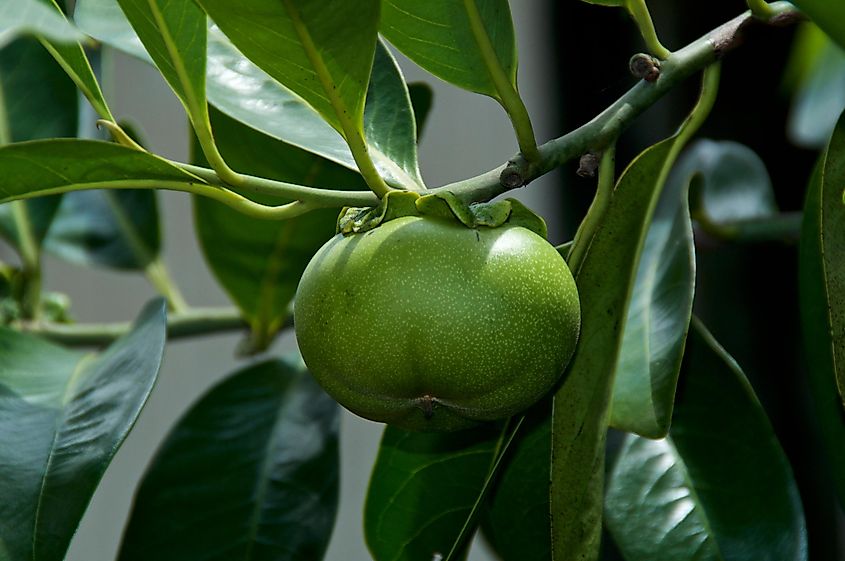
This tree may resemble that of an apple tree, but its fruits and leaves produce a deadly toxin that can cause great suffering. The manchineel tree is located in Florida, Mexico, and northern South America. These green or greenish-yellow fruits look similar to regular apples.
If you ever come near this tree, please beware of its toxic components. While there are no reports of deaths, some reports show that people have suffered extreme agony eating the fruit of this tree. Because of its acute toxicity, governments in some places that grow this tree have placed warning signs cautioning people to stay away.
Sea buckthorn berries
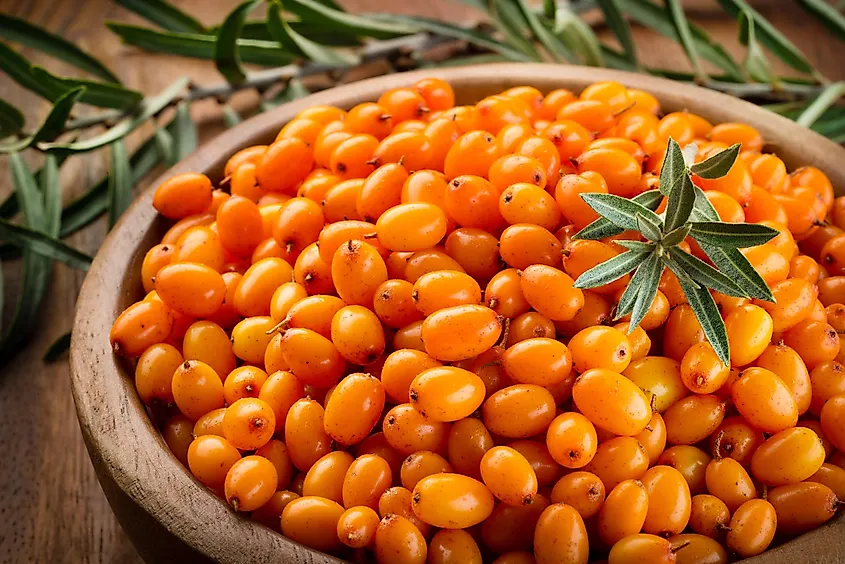
The orange-colored berries of this plant may look appealing, but they are very toxic and should, under no circumstances, be eaten. The buckthorn plant is found in Canada, East Asia, and within the temperate and subtropical regions of the northern hemisphere. When ingested, the plant can cause an inflammatory disorder of the peripheral nervous system. So it is beneficial to avoid this plant and its berries as much as possible.
Winterberry
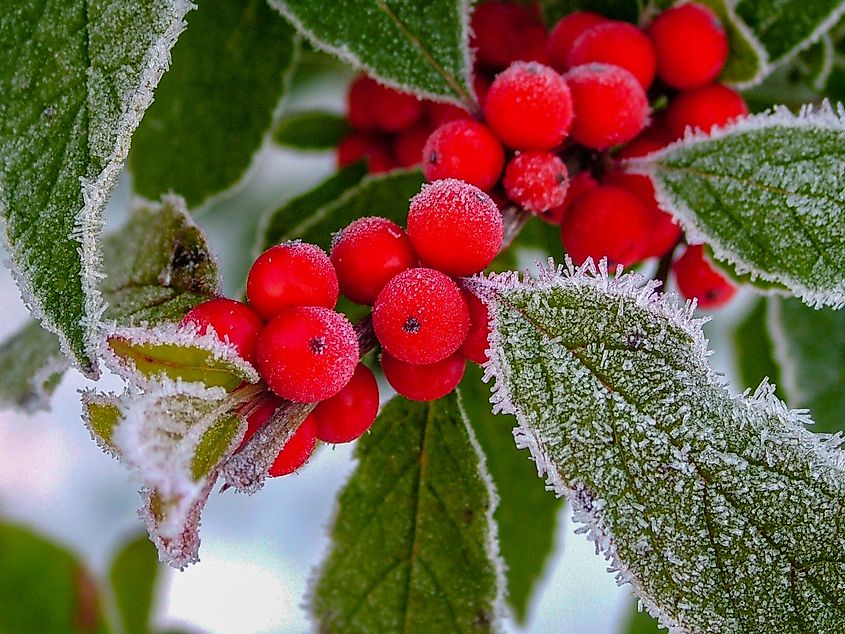
This shrub species may be beneficial for wildlife food, but it is considered too poisonous for humans to eat. The bright red fruit is eaten by small mammals and more than 48 species of birds. You will mainly see this plant growing in the wetlands region, but it could also be found in the grasslands.
If you try to eat one of these berries, you will suffer enormous health consequences. Ingesting the seeds, leaves, and bark of this plant will cause you to develop nausea and low blood pressure. So if you do not want to acquire these problems, do not try to eat these berries.
Peaches
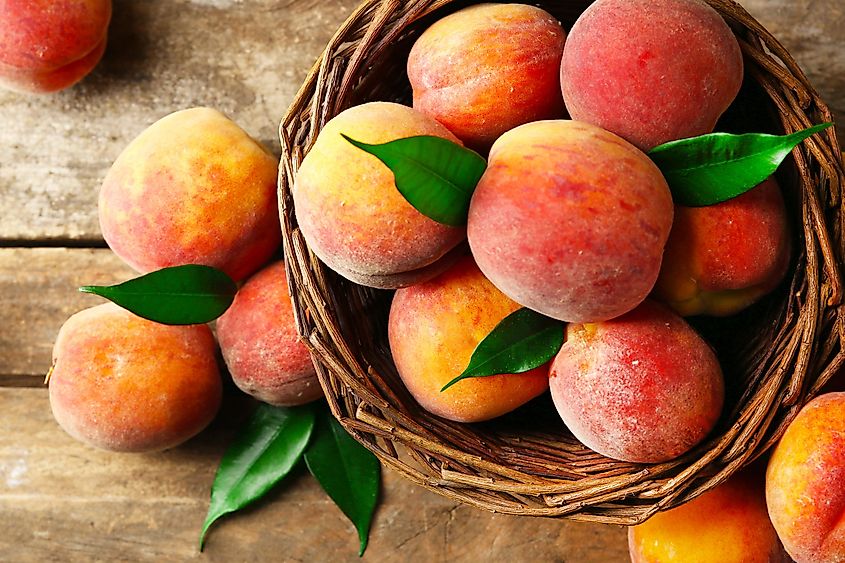
If you are a fan of peaches, it is highly preferred that you buy them organic or canned. More than sixty pesticides have been found on peaches. The seeds, also known as pits, do contain a compound called amygdalin. This compound breaks down into hydrogen cyanide when ingested, which is a poison.
While it is unlikely swallowing a few of these seeds will poison you, the ingestion should still be avoided. So don't use the pit of a peach on a regular consumption basis.
Pokeberry
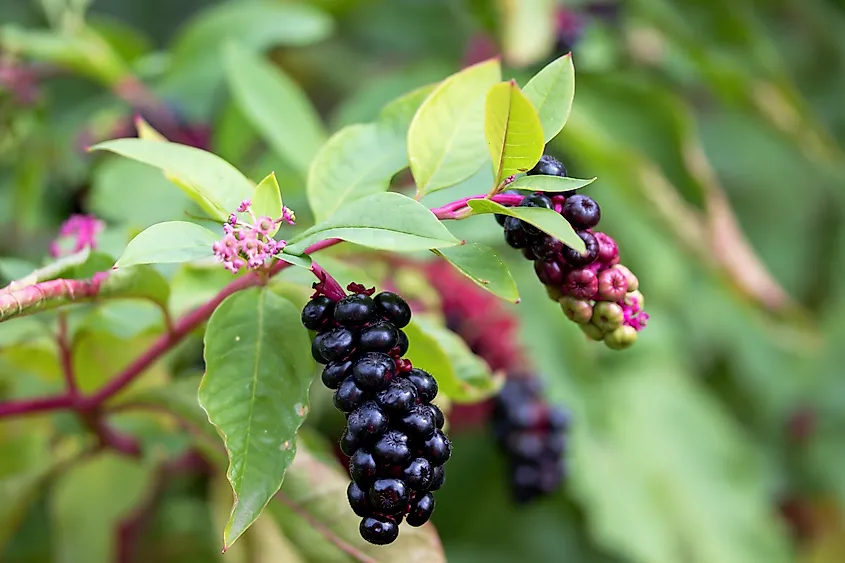
Grown in various American states such as Maine and Florida, these purple-black berries are popular amongst birds. Humans, on the other hand, have to beware of these fruits. Pokeberries are found in grape-like clusters on tall perennials. It is a smooth plant that can grow to eight feet.
But if you try to eat this grape-lookalike fruit, you will suffer some serious health problems. Eating several berries can cause pain, nausea, vomiting, and bloody diarrhea. Even the seeds are very poisonous and can affect the nervous system. Some adults have eaten their roots, mistaking them for medicinal plants.
Jatropha
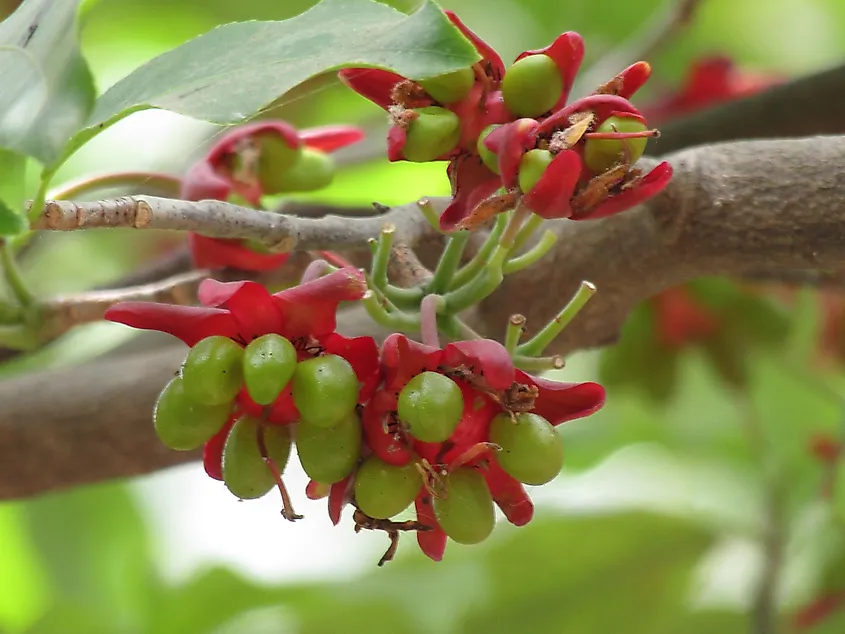
You can find these trees in all corners of the world with tropical or sub-tropical climates. Unfortunately, there have been high cases of children being poisoned by the fruit in different parts of India. These incidences are due to the incredibly dangerous seeds found in these sweet, yellow berries. Jatropha seeds can cause vomiting, diarrhea, and kidney damage. They are filled with the toxin ricin.
In addition to vomiting and diarrhea, depression and circulatory collapse have also been reported. So while this berry may look appealing, it is dangerous and should be seriously avoided.
Desert Gourd
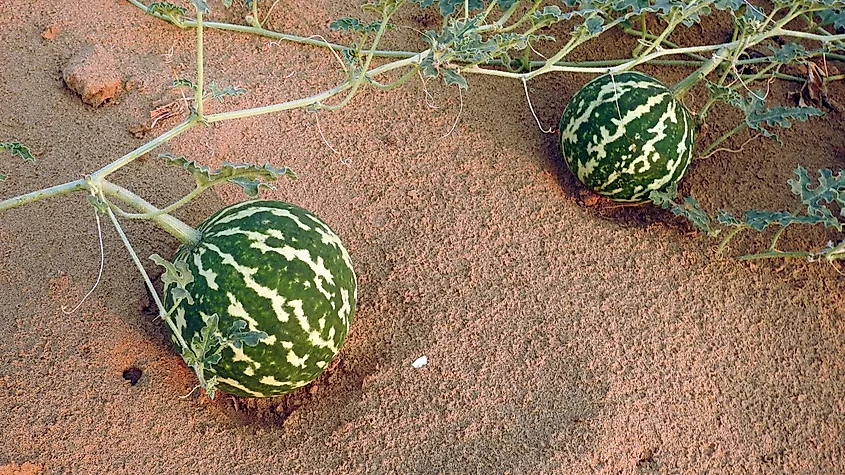
This plant is one of many that grows in the Sahara Desert. It could go by other names such as wild gourd or bitter cucumber. Resembling a watermelon vine, the desert gourd bears small, hard fruits with sour pulp. They are spheric shaped and five to ten cm in diameter. They are considered too poisonous to eat.
The seeds are grey and five mm long by three mm wide. They are edible, but also have that similar bitter taste. They are eaten whole or used as an oilseed. The desert gourd plant and its parts are used to make medicines and produce biofuel.
These intriguing, various fruits may look delicious. But what they share in common is their toxic elements. So when traveling abroad, be sure to avoid these wild fruits. You will be saving yourself and your family from potentially grave danger.











